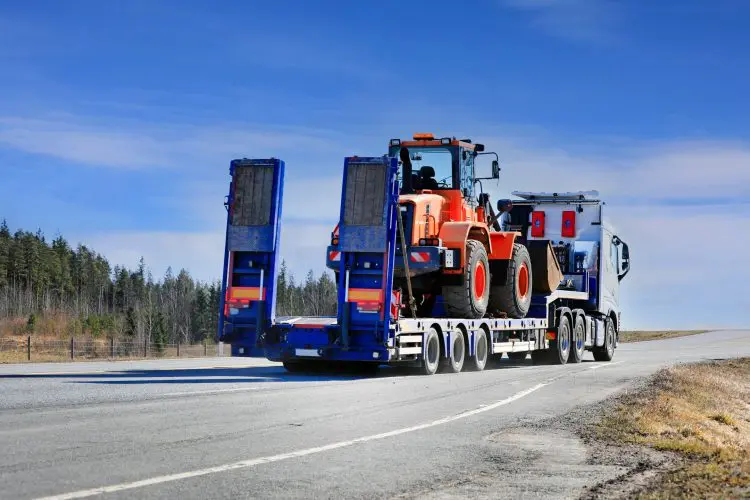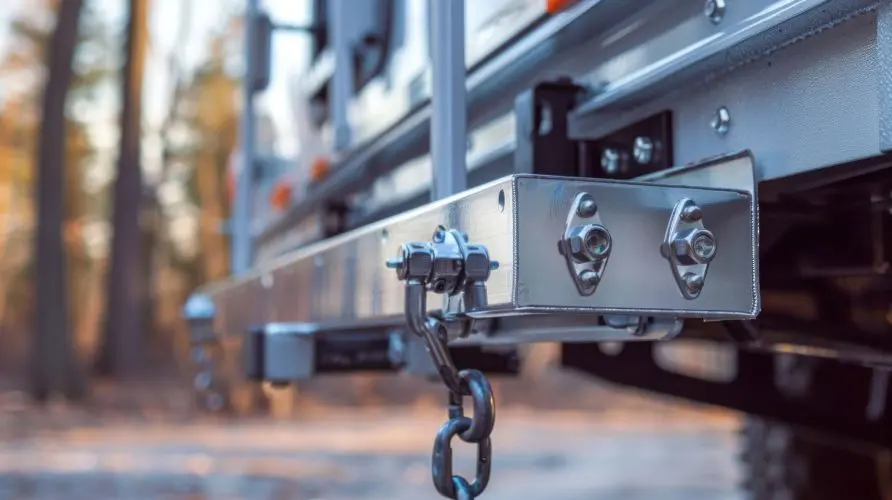Maximizing Towing Capacity With the Right Hitch Setup

Are you ready to make the most of your towing setup? Well, whether you’re hauling a trailer, boat, or heavy equipment, having the right hitch can make all the difference. A properly chosen hitch doesn’t just improve your towing capacity; it ensures safety and smooth handling on the road, critical for nationwide towing.
This article provides practical tips on maximizing your towing capacity with the correct hitch setup. Dig in!
Understand Towing Capacity
Understanding your vehicle’s tow capacity is the first step in selecting a hitch. Your vehicle’s highest towing capacity is the maximum weight it can safely handle when towing. You can usually find this information in your owner’s manual or from the manufacturer.
Keep in mind that exceeding this limit can lead to serious mechanical problems and create unsafe driving conditions. It puts stress on your car and increases the risk of accidents. This is especially crucial when using specialized car hauling equipment, such as flatbed trailers or tow dollies, which can increase the total weight you’re pulling.
To stay safe on the road, always make sure the load you’re towing (including the weight of the hauling equipment) is within the recommended weight limits. This will protect both you and your vehicle from unnecessary strain.
Consider a Gooseneck
If you’re towing heavy loads or equipment trailers, a gooseneck hitch is worth considering. These hitches offer better weight distribution than standard rear-mounted hitches, making them ideal for heavy-duty towing. They attach directly to the pickup truck bed, providing improved stability and control.
A gooseneck hitch is handy if you regularly tow items that are near your vehicle’s maximum towing capacity. It helps make the towing process smoother and reduces the risk of swaying or instability.
In addition to offering better control, a gooseneck hitch can also reduce the strain on both your vehicle and yourself. Towing heavy loads can be challenging, but this type of hitch allows for a more manageable and comfortable experience. If you regularly tow large or awkward loads, investing in a gooseneck hitch can make all the difference.
Choose the Right Hitch Class
Hitch classes are categorized by weight limits, and each is designed for specific towing needs. Choosing the correct class ensures that your hitch can handle the load without putting extra stress on your vehicle.
Here’s a quick breakdown for each class:
- Class I (ideal for light loads, such as small trailers)
- Class II (suitable for moderate loads, like bike racks or small boats)
- Class III (handles medium loads, such as utility trailers)
- Class IV (built for heavier loads, like campers or boats)
- Class V (designed for hefty loads, including trailers and equipment)
Select a hitch class that exceeds your anticipated towing needs. For example, if you plan to tow heavy or wide loads, opt for a Class V hitch rather than pushing the limits of a Class IV.
Pay Attention to Tongue Weight

Tongue weight is another key aspect of safe towing. It refers to the amount of weight the trailer exerts on the hitch.
If the tongue weight is too heavy, it can cause the rear of your vehicle to dip, affecting steering and control. On the other hand, if it’s too light, your pickup truck may sway dangerously, making it harder to drive safely.
The ideal tongue weight should be about 10-15% of the total loaded trailer weight capacity. Keeping it within this range can improve your vehicle’s handling and reduce strain on the rear suspension system. This ensures smoother driving and extends the life of your towing vehicle components.
Use a Weight Distribution Hitch
A weight distribution hitch is a valuable tool when towing a heavy load. It spreads the weight evenly across your vehicle’s axles, preventing the rear of your vehicle from sagging. This balanced weight distribution improves your control, making it easier to handle your vehicle.
In addition to better control, a weight distribution hitch increases your vehicle’s overall stability. This is especially useful when towing large trailers or loads that cause uneven weight distribution.
With this hitch in place, driving at higher speeds becomes safer as your vehicle remains balanced and secure. If you regularly tow heavy or awkward loads, this hitch is a must-have for safer and smoother driving.
Don’t Forget About Brake Controllers
Brake controllers are a vital part of any toeing setup, especially when dealing with larger trailers. They connect to your vehicle’s braking system and manage the brakes on the trailer, ensuring smoother and more controlled stops.
Without a brake controller, stopping can become more challenging when towing heavy loads. Thus, increasing the distance you need to come to a complete stop puts extra pressure on your vehicle’s brakes.
The bottom line? Make sure you have a functional trailer brake controller to improve your stopping power and prevent premature brake wear. This becomes even more critical when towing trailers over 2,000 pounds.
Utilize the Correct Ball Mount and Hitch Ball
A hitch is only as effective as the ball mount and hitch ball you’re using. Since ball mounts come in various sizes and shapes, it’s crucial to match them to your specific towing needs.
The right combination ensures that everything fits securely and performs as expected. As such, ensure that the hitch ball size matches your trailer coupler. A secure fit between the two is crucial for safe towing.
In addition to the size, selecting a ball mount with the correct drop or rise is also key. This adjustment helps keep your trailer level with your vehicle, improving towing stability and handling.
Conclusion
Maximizing your towing capacity is about more than just attaching a hitch—it requires careful planning and choosing the right equipment for your specific needs. From understanding your vehicle’s towing limits to seeking professional help, each step ensures a safer and smoother towing experience. Following these guidelines can help optimize your towing setup, whether you’re hauling a trailer, heavy equipment, or a boat.
Read more on
MyCarHeaven are on Instagram. Go check us out and do follow us.
Go visit the MyCarHeaven Instagram page. We post regular quality content, predominantly focused on classic cars, supercars, hypercars and car shows. We also feature all our competitions here, where you will have the chance IF YOU FOLLOW US and you follow the competition entry criteria, you could be in with a chance of winning tickets to the best UK car shows, and other automotive stuff.
Go to the MyCarHeaven Instagram account here. Advertisement
Advertisement Advertisement
Advertisement Advertisement
Advertisement Advertisement
Advertisement




